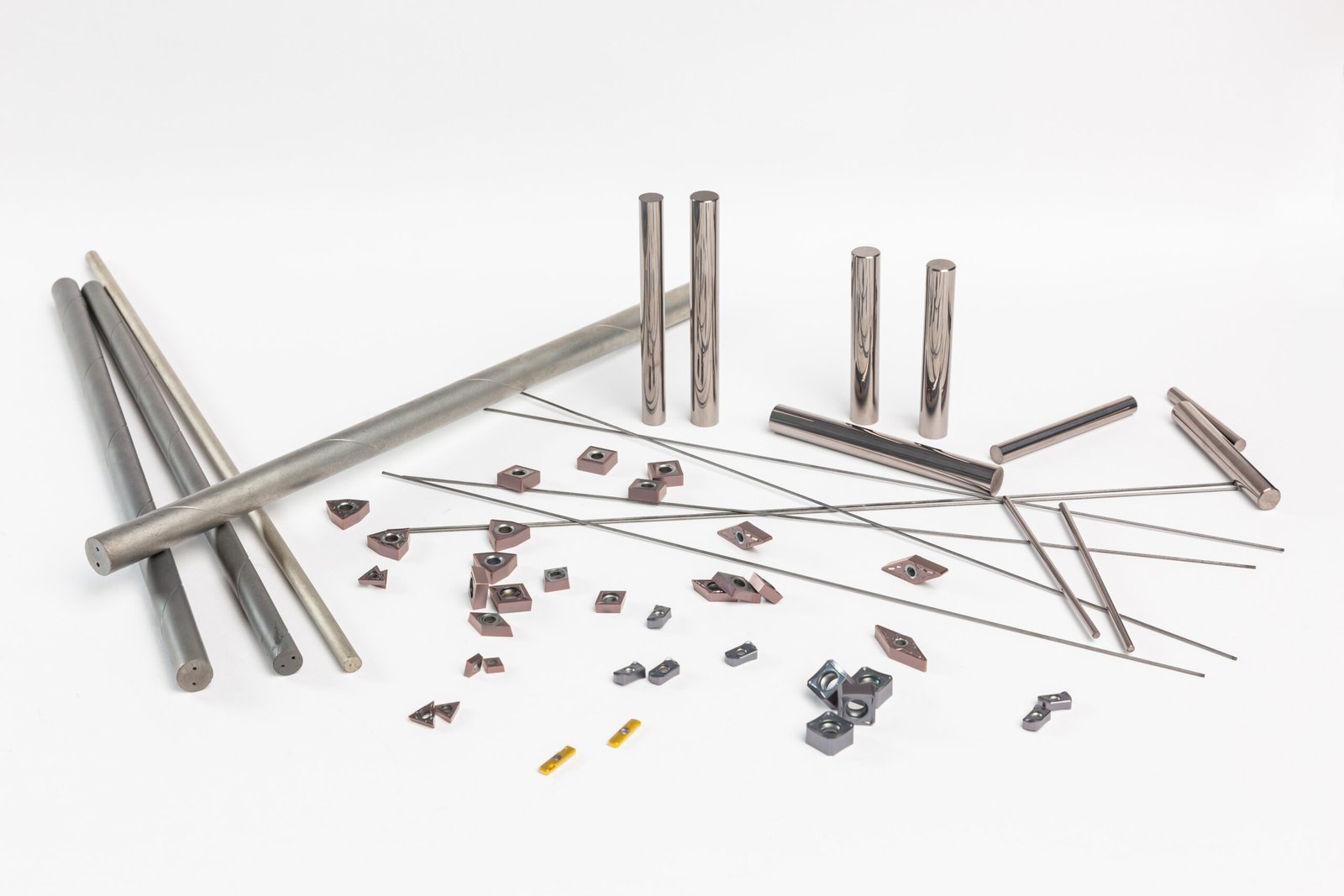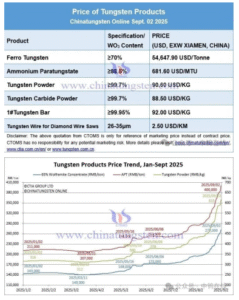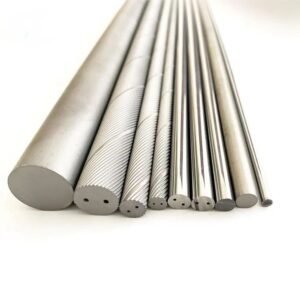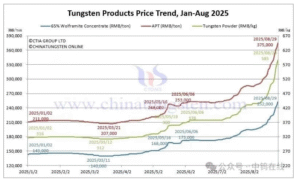In the metal cutting industry, selecting the right insert is crucial for optimizing machining efficiency, workpiece quality, and production costs. Carbide and ceramic inserts are two of the most commonly used cutting tools, but they have significant differences in performance, applications, and durability. This article provides an in-depth comparison to help you choose the right insert for your needs.
1. Material Composition
- Carbide Inserts: Made from tungsten carbide (WC) combined with a metallic binder, typically cobalt (Co) or nickel (Ni). This combination offers a balance of hardness and toughness, making carbide inserts highly durable and impact-resistant.
- Ceramic Inserts: Primarily composed of aluminum oxide (Al₂O₃) or silicon nitride (Si₃N₄). Some high-performance ceramic inserts may include titanium carbide (TiC) or zirconium oxide (ZrO₂) to enhance strength. Ceramic materials are extremely hard but also more brittle compared to carbide.
2. Hardness and Wear Resistance
- Carbide Inserts: Typically have a hardness of HRC 85-95, making them harder than high-speed steel (HSS) but softer than ceramic. They offer good wear resistance, though prolonged exposure to extreme heat can accelerate wear.
- Ceramic Inserts: With a hardness of HRC 90-95 or higher, ceramic inserts are much harder than carbide, providing superior wear resistance and extended tool life, especially at high temperatures. However, they are more prone to chipping due to their brittleness.
3. Cutting Speed and Feed Rate
- Carbide Inserts: Suitable for moderate to high cutting speeds and offer a wide range of feed rates, making them versatile for various machining applications.
- Ceramic Inserts: Designed for ultra-high-speed machining, with cutting speeds 3-10 times higher than carbide, significantly increasing productivity. However, they require stable conditions and cannot handle interrupted cuts well.
| Insert Type | Cutting Speed (m/min) | Feed Rate (mm/rev) |
|---|---|---|
| Carbide | 100 - 600 | 0.1 - 0.5 |
| Ceramic | 300 - 2000 | 0.05 - 0.3 |
4. Toughness and Impact Resistance
- Carbide Inserts: Offer higher impact resistance, making them suitable for interrupted cutting, rough machining, and applications with high cutting forces. They are commonly used for machining cast iron, low-carbon steel, and stainless steel.
- Ceramic Inserts: More brittle and susceptible to chipping under high impact. Best suited for continuous cutting applications, such as machining hardened steel, superalloys, and cast iron.
5. Heat Resistance and Thermal Stability
- Carbide Inserts: Can withstand temperatures up to 800°C but often require coolant to prevent overheating and extend tool life.
- Ceramic Inserts: Exceptionally heat-resistant, enduring temperatures above 1200°C, making them ideal for dry machining and reducing coolant costs while minimizing environmental impact.
6. Applications
Carbide Insert Applications:
✅ Suitable for turning, milling, drilling, and other machining operations
✅ Works well on steel, stainless steel, aluminum, and titanium alloys
✅ Ideal for interrupted cutting (e.g., machining cast surfaces)
✅ Best for operations requiring high toughness, such as roughing and heavy-duty cutting
Ceramic Insert Applications:
✅ Best for high-speed machining, increasing productivity
✅ Ideal for hardened steel, high-temperature alloys, and cast iron
✅ Used for continuous cutting to avoid chipping due to impact
✅ Preferred for dry machining, reducing coolant use and environmental impact
7. Cost and Economic Efficiency
- Carbide Inserts: More affordable and versatile, making them suitable for most machining operations. However, they have a shorter lifespan at high speeds.
- Ceramic Inserts: More expensive but last longer in high-speed applications, reducing tool change frequency and improving overall cost efficiency.
| Insert Type | Cost per Insert | Relative Tool Life | Best Use Case |
|---|---|---|---|
| Carbide | Moderate | Standard | General machining |
| Ceramic | Higher | Longer | High-speed machining |
8. How to Choose the Right Insert?
✔ If your machining conditions require a balance of toughness and wear resistance, and you deal with a variety of workpieces, carbide inserts are the best choice.
✔ If your focus is on high-speed machining, continuous cutting, and processing hard materials, ceramic inserts will provide better performance and longer tool life.
If you're unsure which insert is best for your specific application, feel free to contact us at crystalyuan@zrzhirong.com for expert advice!
💡 Zhuzhou Zhirong Advanced Material Co., Ltd. specializes in developing and manufacturing high-performance carbide cutting tools, helping customers worldwide improve machining efficiency.
📍 For more information, visit our website: www.zhirongcarbide.com





